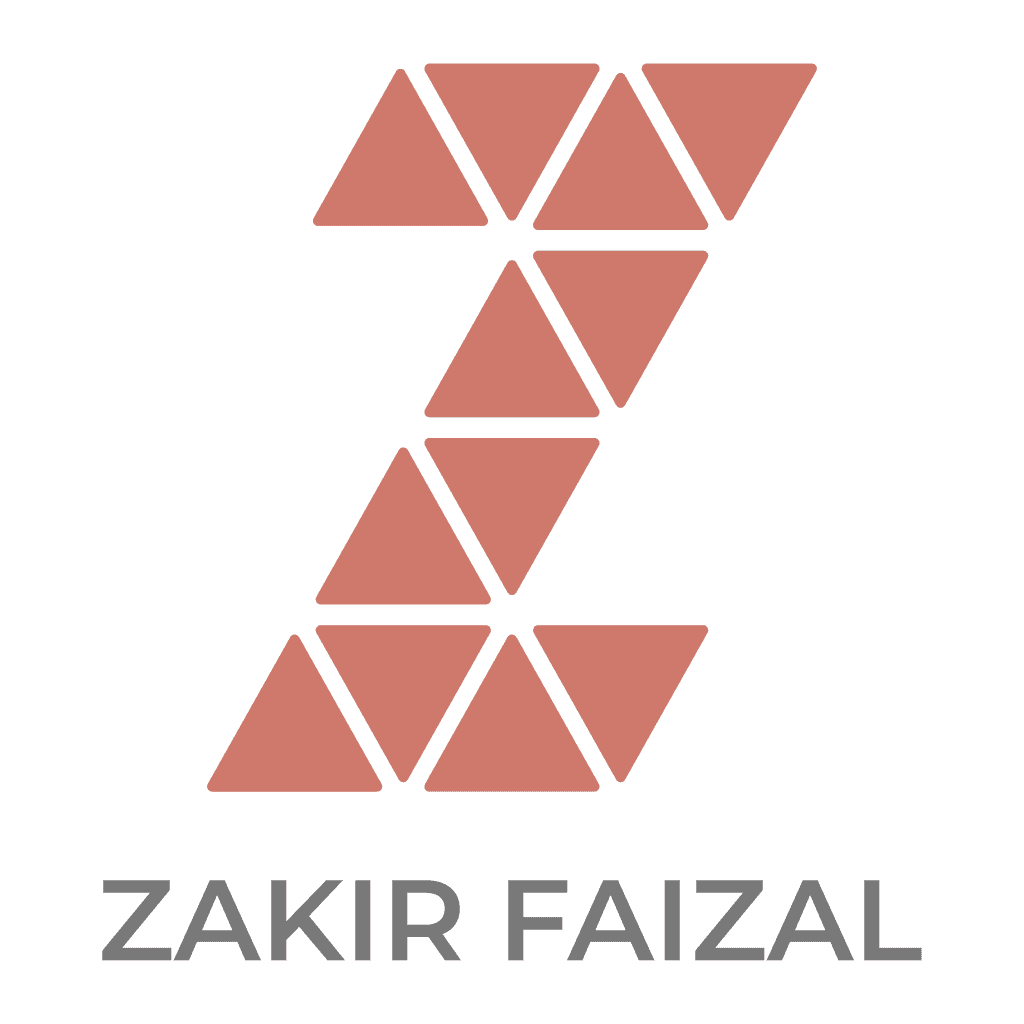- Step 1
Discovery & Research
Every project begins with discovery and research in which I dive into my client's business, its goals and objectives, the services it offers, the processes it follows, its target audience, its competitors, and more. I spend this time trying to understand the "why" behind the desire for a website and how it would fit in the context of my client's business. The information that I gather serves as inspiration and guidance for the subsequent phases of the website build such as User Experience design, copywriting and more..
- Step 2
UX, Architecture, and Wireframing
Using the details gathered in Discovery & Research, I build the skeleton of the website by creating the correct website architecture and then producing detailed wireframes. Building the skeleton helps to ensure that the design is predictable and development is smooth and forward looking. The objective of this phase is to ensure that the layout of the website is appropriate and to also give my clients the opportunity to review it and give their approval.
- Step 3
User Interface (UI) Design
Upon the completion of the website's skeleton, it comes time to flesh out the website's design through good use of brand colors, typography, and quality photography or videography.
- Step 4
Copy & Content
Alongside the UI design phase, I also begin working on the website's copy and content. While it is extremely important for your website to look neat and beautiful, the words and sentences on your website is what determines its level of success.
- Step 5
WordPress Development
With my client's approval of the website's wireframes, design copy and content, I begin development on a live dev environment. This gives my client the opportunity to monitor progress 24/7. I take care to ensure that the website's I build are responsive (works across all devices) and also accessible. The websites will also address scalability and maintainabiltiy. This makes it easy to make changes to the website as my client's business evolves. Accessible websites also ensures that people with physical or cognitive disabilities can use your website, which is good for UX but also to protect my clients from potential lawsuits.
- Step 6
Final Reviews and Minor Changes
Upon the completion of the website's development, I work with my client's to make any final minor changes and tweaks to the website.
- Step 7
Maintenance and Marketing
Completion of the website's development is not the end of the project. All websites, regardless of platform requires ongoing maintenance and marketing. With regards to maintenance, the themes, plugins, and WordPress score requires updates. The website's uptime and security has to be monitored. Automated backups of the website also need to be created. Beyond maintenance, the website needs to be advertised and marketed. I work with my clients to develop a reasonable strategy that they can put forth in marketing their services through their website.
